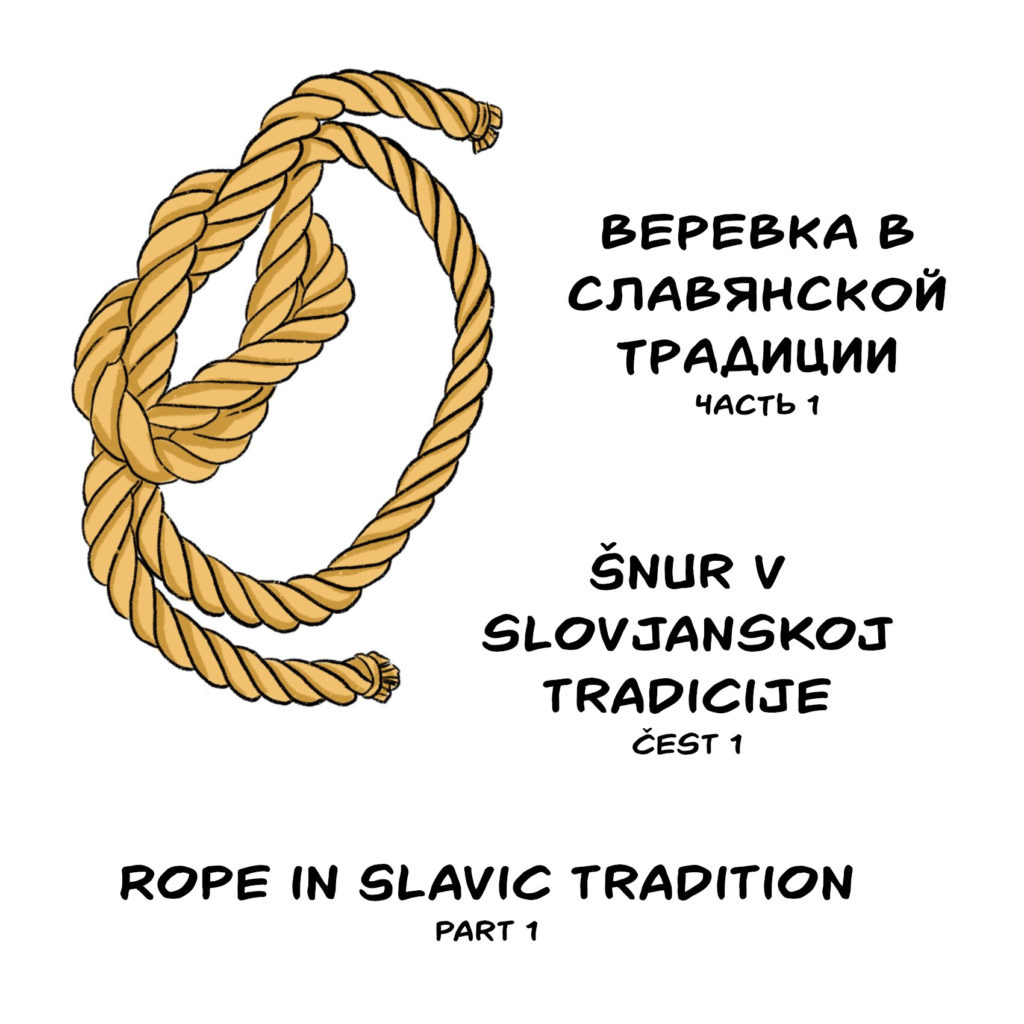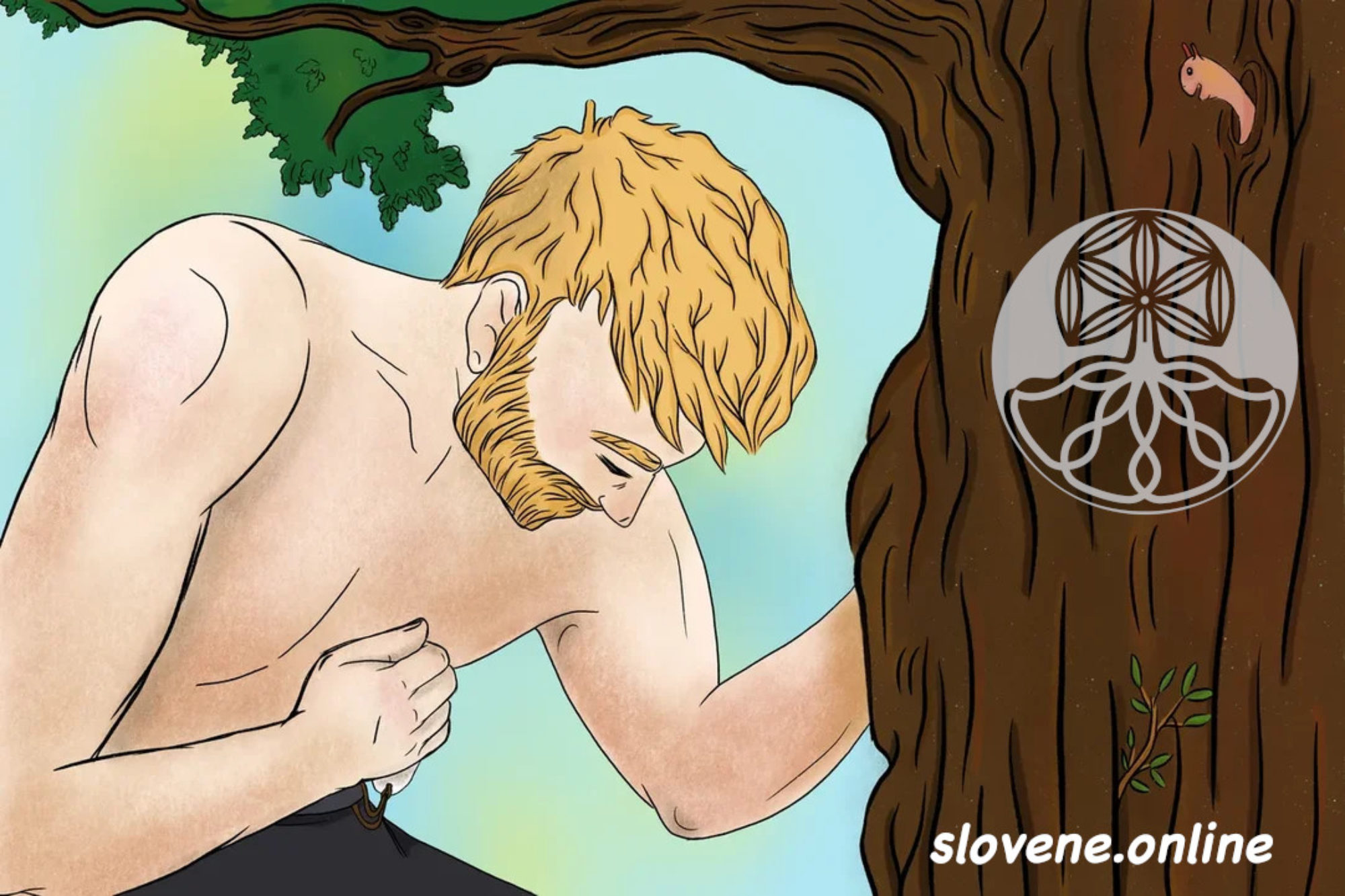The second soul does not die after the Dvoedushnik death, and the second heart does not decay and continues to live. Western Ukrainians and Poles believed that after death Dvoedushnik becomes a vampire, who wanders at night and drinks the blood of people and cattle. And from the drunken blood, the impure soul of a Dvoedushnik gains strength and materializes. They also believed that sometimes after death Dvoedushnik becomes Vetrennik – an atmospheric demon that takes water, delays the rains, turns them into storms and sends them to the fields. Poles also believed that Dvoedushnik could become Topielec – a water demon who drowns people.
ꏍ
To stop the atrocities of the “undead” Dvoedushnik, it was necessary to dig a grave, chop off his head, turn the body around with the feet where the head was, or turn him face down, and pierce his heart with a linden, aspen or hawthorn stick.
ꏍ
What other vampire-like creatures do you know?
ꏍ
More interesting facts can be found in: “Slavic Antiquities” – encyclopedic dictionary in 5 volumes by Institute for Slavic Studies of the Russian Academy of Sciences.
ꏍ
Illustration: Lucas Staniec https://www.artstation.com/lucasst
ꏍ
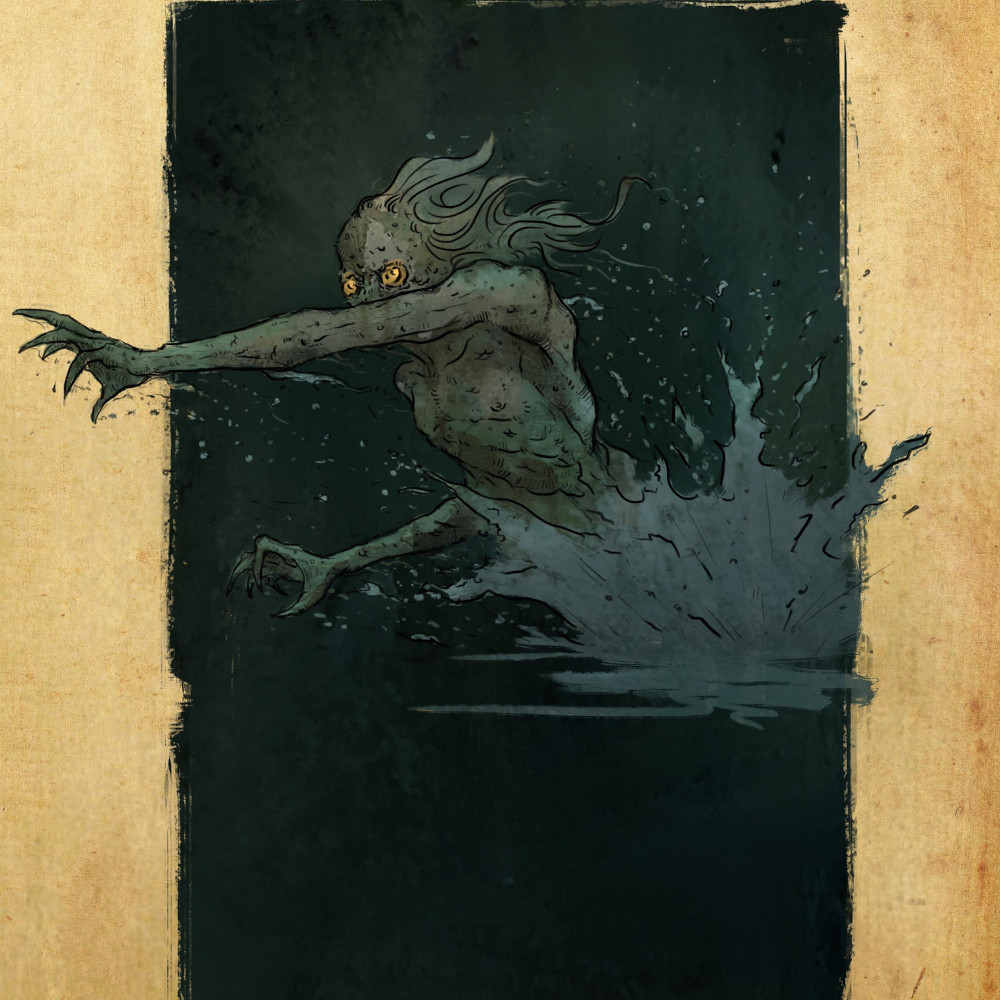
While Dvoedushnik is asleep
The second soul of a Dvoedushnik is able to separate from the body during the sleep, and “live an independent life” – mostly to harm people, as the Slavs of Poland and the Carpathian region believed. It could strangle sleeping people (if it took a form of Zmora), take away people’s health or life (vampire, Bosorkun, Opyr/Nochnik), steal milk from other people’s cows (Bosorkanya), turn into a wolf and attack people (Volkolak-werewolf).
ꏍ
While the soul is wandering around the world, it is impossible to wake up Dvoedushnik. The soul leaves and returns to the body through the mouth in a form of a fly, mouse, etc. And if you change the position of the sleeping person, for example, turn his head to the place where the legs were, then the soul will not be able to return, and Dvoedushnik will die. During the day, his behavior is no different from that of ordinary people, and Dvoedushnik does not remember anything about the “adventures” of the second soul while he was asleep.
ꏍ
Do you think Dvoedushnik more deserves pity or condemnation?
ꏍ
To be continued…
ꏍ
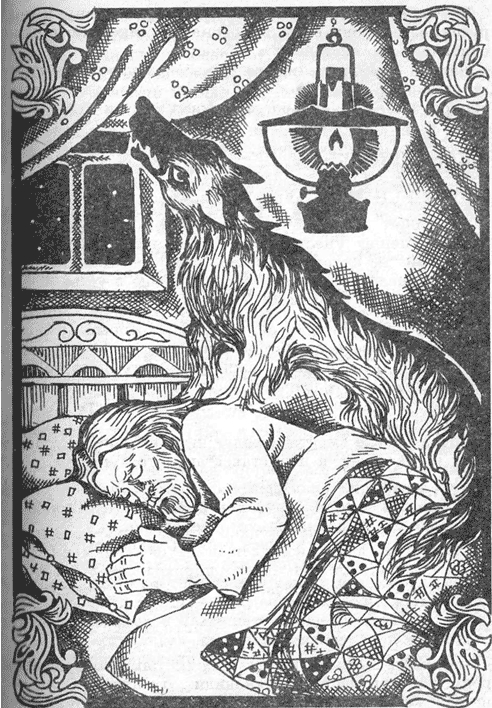
Butterfly in Slavic tradition – part 2
It’s hard to believe, but some people thought that a butterfly is an evil, demonic soul, and a messenger of death (for example, if it flew into the room of an ill person, that was a sign of the imminent death). The South Slavs believed that when the veshtitsa (witch) falls asleep, her soul in the form of a butterfly strangles, sucks blood, steals milk or fire, etc. And if her body is turned face down, her soul will not recognize it, and will remain a butterfly of a striking color like black and red or black and yellow. When the body of a vampire is burned or pierced with a stick, as the Serbs believed, his soul also flies out in the form of a butterfly or many butterflies. To neutralize him, the butterfly had to be killed.
ꏍ
Western Slavs also associated these cute insects with death, disease, and demons. This is reflected in the name of the butterfly in different West Slavic dialects: diabel, čertica, mara, vampir, bieda, etc. The most frequent association with evil and death is represented by the butterfly called “Dead Head” (Acherontia atropos), which even was featured in the movie “The Silence of the Lambs”.
ꏍ
After that, will you be able to look at the butterflies with the same eyes, especially the black and yellow ones?
ꏍ
More interesting facts can be found in: “Slavic Antiquities” – encyclopedic dictionary in 5 volumes by Institute for Slavic Studies of the Russian Academy of Sciences.
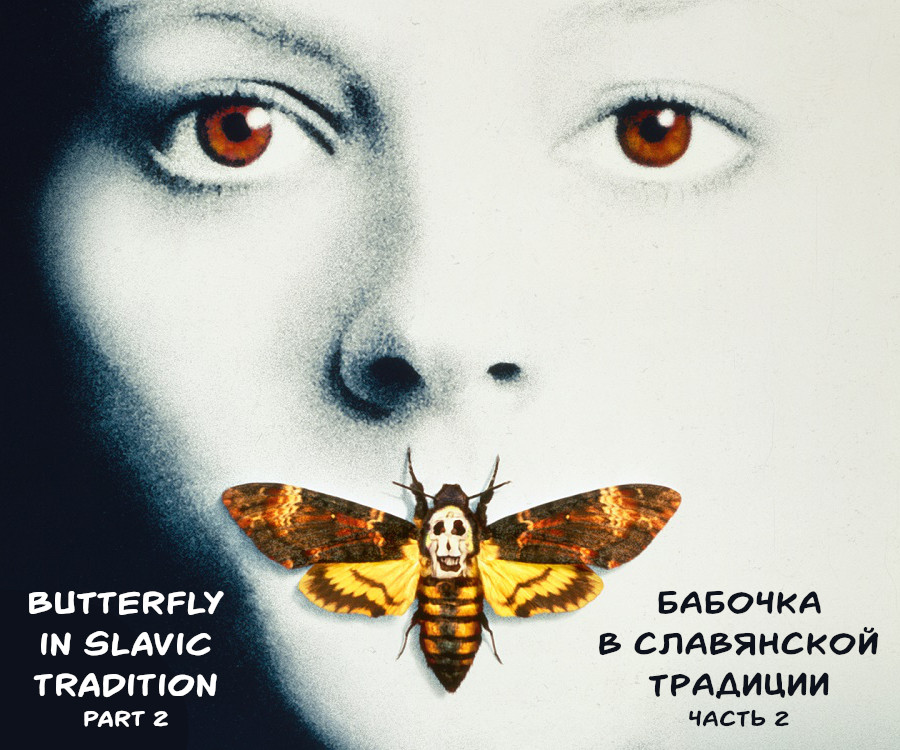
Rope in Slavic tradition – part 1
A common rope used today, was also considered a talisman by the ancient Slavs. It protected from curses and even helped to neutralize evil spirits.
ꏍ
Before the wedding, the North Russian Slavs tied a rope (a belt or a fishing net) over the naked body of the bride and groom to protect them from evil spells. For the same purpose, the Serbs surrounded the bed of a woman in labor and a child with a rope. Slavs would also put a red rope or a ribbon on a hand of a child or a pregnant woman, as well as just a beautiful girl, to protect them from being cursed. In general, using rope as a belt, was one of the ways to create a magic circle, which ensured the inviolability and safety of the person in it.
ꏍ
Macedonians believed that a person could tie a vampire by throwing a noose around his neck with a reed rope. The Poles believed that a rope woven from nine bast strips was suitable for capturing Vodyanoi. They also were ready to chase away Mara, who came at night to strangle people, by beating her with a rope or a belt.
ꏍ
To be continued…
ꏍ